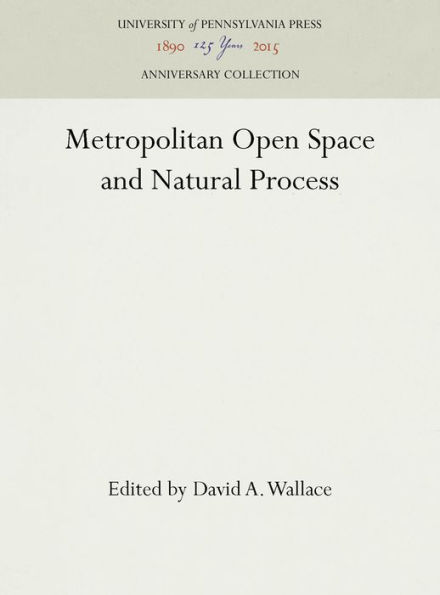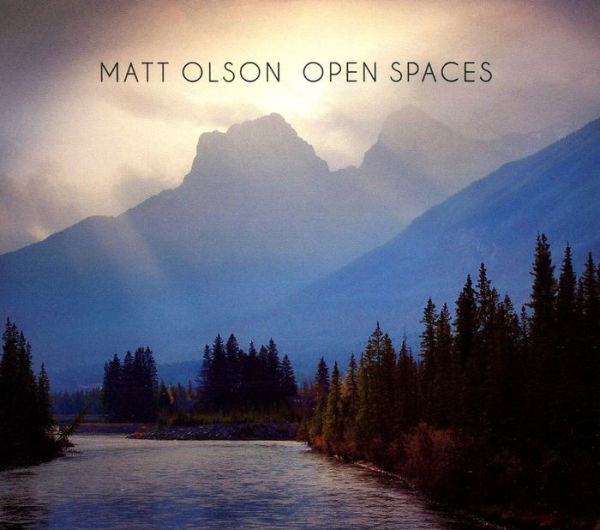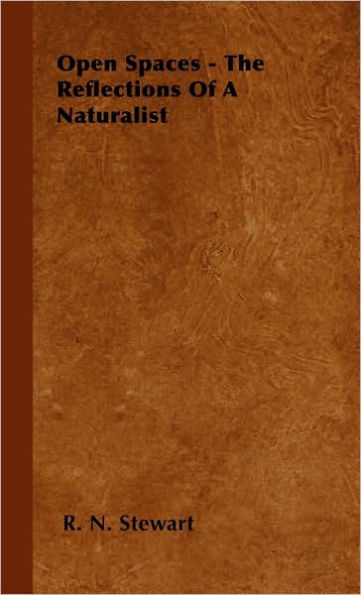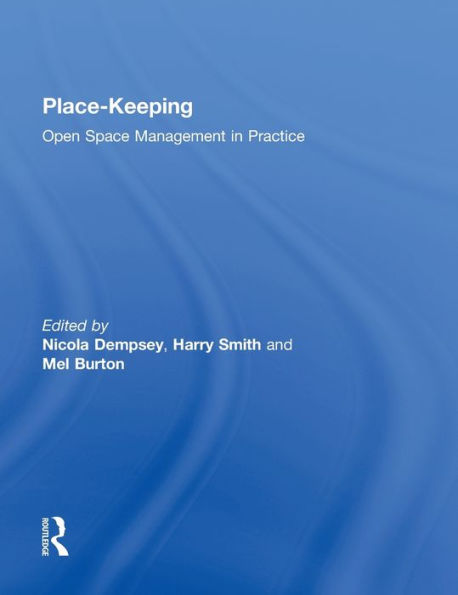Home
Metropolitan Open Space and Natural Process



Metropolitan Open Space and Natural Process
Current price: $95.00
Loading Inventory...
Size: OS
Open space in urban regions is fast disappearing, but it can still be saved by coordinating man's design with the processes of nature. The authors demonstrate here methods that permit better and more profitable economic and industrial development, while raising the quality of life and saving the environment.
The problem is all around us, David Wallace observes: "As metropolitan areas grow and Megalopolis takes shape before our eyes, nearby open space where nature predominates seems doomed. Forces apparently beyond our control eliminate all traces of an untouched countryside, and replace it with thousands and thousands and thousands of houses. The pattern of ultimate suburban development finally removes the last vestiges of woods, streams, thickets, and wildlife with the filling of vacant lots carelessly left over from the first great surge of growth. The individual houses that result art perhaps pleasant enough in the micro-scale. But unrelievedly continuous urbanization—even in the case where the individual parts are attractive—appalls, bores, and numbs the senses. . . . Must it be this way?"
This study, based on research at the Institute of Environmental Studies at the Universityof Pennsylvania, suggests how the process of indiscriminate exploitation of open space can be reversed through understanding and application of natural processes in the environment. When these natural processes are understood, planners can discriminate among land that should be retained as open space in a natural state, land that can stand limited development, and land that can be fully developed without significantly affecting natural processes.
: William G. Grigsby, Ian McHarg, William H. Roberts, Ann Louise Strong, Nohad A. Toulan, and David A. Wallace.











